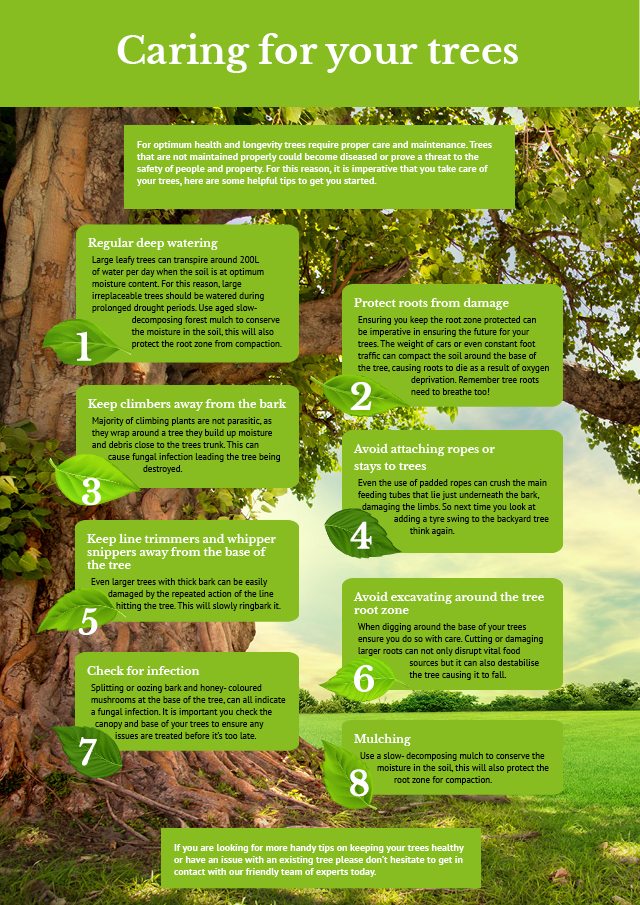Pay Attention To Critical Indicators That May Disclose Your Tree Is Dangerous; Being Notified Concerning These Can Assist Shield Your Property And Loved Ones.What Should You Check For Following?
Pay Attention To Critical Indicators That May Disclose Your Tree Is Dangerous; Being Notified Concerning These Can Assist Shield Your Property And Loved Ones.What Should You Check For Following?
Blog Article
Short Article Author-Vogel Goodman
When it concerns tree treatment, identifying the indicators that it's time for elimination is crucial for your safety and security and property. You might notice tarnished fallen leaves, wilting branches, or strange fungal growths suggesting health problems. Structural issues, like a considerable lean or cracks in the trunk, can likewise posture risks. Recognizing these indication can help you make notified decisions about your trees and avoid potential threats lurking in your lawn. What should you try to find next?
Indications of Decay and Illness
When you notice indicators of degeneration and illness in your trees, it's vital to act promptly. Seek stained fallen leaves, wilting branches, or unusual developments like fungi. These can show that your tree is struggling.
If you see splits in the bark or soft, mushy wood, these symptoms recommend interior degeneration. Furthermore, https://wtop.com/consumer-news/2019/01/what-to-ask-before-getting-estimates-for-tree-care/ in insects around your tree can signal that it's deteriorated and prone.
Check for any kind of dead or dying limbs, as they posture a threat to your residential property and safety and security. If you're uncertain about what you see, speaking with an arborist can provide clearness.
Addressing these signs early can save you from extra extensive damage and make certain the health and wellness of your backyard. Don't wait until it's too late.
Structural Instability and Leaning
As you observe your trees, watch out for any indicators of structural instability or leaning. If a tree leans significantly, it might indicate that the origin system is endangered.
Search for any kind of splits in the trunk or soil around the base; these can signify possible failing. In addition, check for uncommon development patterns, like an unbalanced crown, which may suggest that the tree is struggling to hold itself upright.
If you notice that the tree favors your home, high-voltage line, or various other frameworks, it poses a higher risk. Don't disregard these indicators-- consult an arborist to evaluate the scenario.
Doing something about it early can avoid costly damages and guarantee your safety and security.
Dead or Dying Branches and Vegetation
If you observe dead or passing away branches and foliage on your tree, it's a clear indication that something's incorrect.
These undesirable areas can suggest underlying problems like condition, bug infestations, or environmental stress and anxiety. When https://precisiontimberfelling.wordpress.com shed their fallen leaves or turn brown, they're no longer adding to the tree's health. Disregarding these indicators could lead to additional decline, making your tree a lot more harmful.
Dead branches can quickly break short during tornados, posturing a threat to property and people nearby. It's vital to assess the extent of the damage.
If the issue impacts a significant part of the tree, consider getting in touch with a professional. They can help figure out if removal is necessary to guarantee safety and maintain the beauty of your landscape.
Verdict
If you discover any kind of signs of degeneration, structural instability, or dead branches on your trees, do not disregard them. These signs can pose major safety dangers to you and your residential property. It's constantly best to get in touch with a specialist arborist who can provide an expert analysis of your trees. Doing something about it early can prevent accidents and costly damages, guaranteeing your landscape remains risk-free and healthy. Bear in mind, it's much better to be proactive regarding tree treatment than to wait on a disaster to take place.
